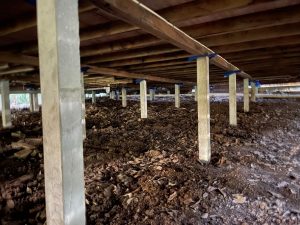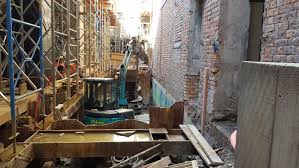Underpinning: Safeguarding Structural Integrity Amidst Time and Nature
In the realm of construction rectify, where innovation and tradition intertwine, one essential technique stands as a silent guardian of structural integrity: underpinning. Unveiling its significance requires delving beneath the surface, where layers of earth and history converge.

At its essence, underpinning is the art of strengthening a building’s foundation to counteract the potential effects of soil movement, subsidence, and structural settling. Its roots can be traced back through centuries of architectural evolution, each era contributing to the mosaic of techniques that underpinning encompasses today.
Underpinning’s relevance extends beyond mere support; it’s a safeguard against the forces of time and nature. The diverse soil compositions found beneath cities like Melbourne challenge engineers to devise strategies that ensure buildings remain steadfast amidst shifting terrains. This delicate balance between soil dynamics and structural stability defines the essence of underpinning.
Historical preservation emerges as a poignant dimension of underpinning’s role. In cities where Victorian-era architecture adorns the streets, underpinning becomes a silent guardian of heritage. The delicate dance between restoration and modernization is achieved, allowing structures to stand as testaments to both history and innovation.
The underpinning process is a symphony of planning, precision, and execution. It requires a harmonious collaboration between engineers, architects, and skilled laborers. Soil assessments, method selection, and meticulous execution become the notes that compose this intricate composition.
Beyond stabilizing foundations, underpinning catalyzes adaptive reuse, urban revitalization, and sustainable expansion. By allowing for the addition of stories or the transformation of abandoned spaces, underpinning breathes new life into urban landscapes, striking a harmonious chord between aesthetics and practicality.
Seismic resilience is another facet of underpinning’s versatility. In regions prone to earthquakes, underpinning serves as a retrofitting solution that bolsters structures against the unpredictable tremors of the earth. It exemplifies the fusion of engineering ingenuity and the pursuit of safety.
In essence, underpinning transcends the confines of construction jargon, emerging as a symbol of resilience, history, and architectural evolution. It stands as a testament to humanity’s commitment to crafting a built environment that stands firm against the currents of time, rooted in innovation, and anchored in tradition.
